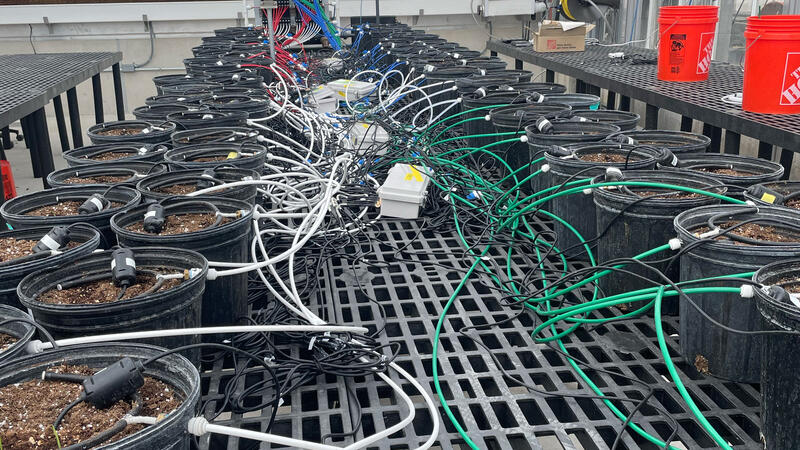News
Timing is everything: How drought affects switchgrass
In an article published last summer in Science, researchers at the Great Lakes Bioenergy Research Center (GLBRC) reported on ten years of work assessing the potential climate benefit of producing dedicated bioenergy crops such as switchgrass, poplar, or restored prairie. The mood?
Assistant professor of biochemistry Vatsan Raman was recently named to a list of 44 young researchers featured in Biochemistry’s “Future of Biochemistry” special issue.
Plant biomass contains considerable calorific value but most of it makes up robust cell walls, an unappetising evolutionary advantage that helped grasses to survive foragers and prosper for more than 60 million years.
The trouble is that this robustness still makes them less digestible in the rumen of cows and sheep and difficult to process in bioenergy refineries for ethanol fuel.
Lignin, a substance that makes up roughly a quarter of plant biomass, reinforces plant structures and offers a defense system against microbes. But this complex substance is also notorious for being difficult to degrade, creating challenges for biofuels producers and paper manufacturers alike.
Yeung and colleagues at Rice, UCLA, Michigan State University and the University of New Mexico counted rare molecules in the atmosphere that contain only heavy isotopes of nitrogen and discovered a planetary-scale tug-of-war between life, the deep Earth and the upper atmosphere that is expressed in atmospheric nitrogen.
Five Great Lakes Bioenergy Research Center (GLBRC) researchers have been named to Clarivate Analytics’ 2017 list of “Highly Cited Researchers”.
In Wisconsin, as in many other parts of the Midwest, we grow a lot of corn – four million acres of it, in fact. That’s four million acres of corn generating $2 billion in economic benefits to the state. Since roughly a quarter of those corn crops are currently used for ethanol production, some of that Wisconsin corn is also finding its way into our gas tanks.
When Jim Steele thinks back over the last seven years, from the early research on biofuels, followed by a dream of moving Lactic Solutions LLC technology to the marketplace, and now the acquisition of the company by Lallemand Biofuels & Distilled Spirits (a unit of Lallemand Inc.) last month, he is thankful for the network of UW–Madison entrepreneurial experts.
Just as sequencing the human genome has netted major health and medical benefits, switchgrass genomics will pay dividends through the development of advanced liquid biofuels.





